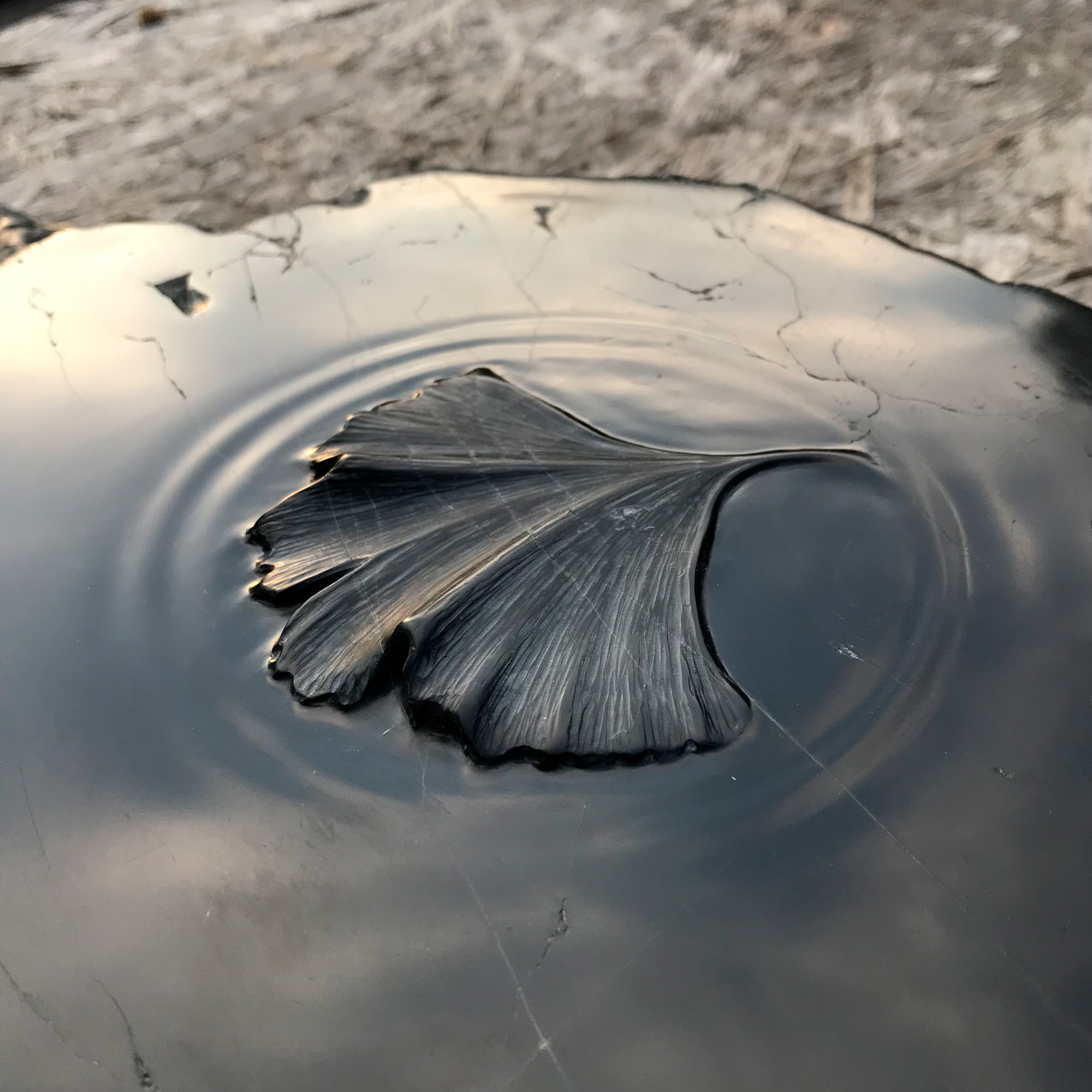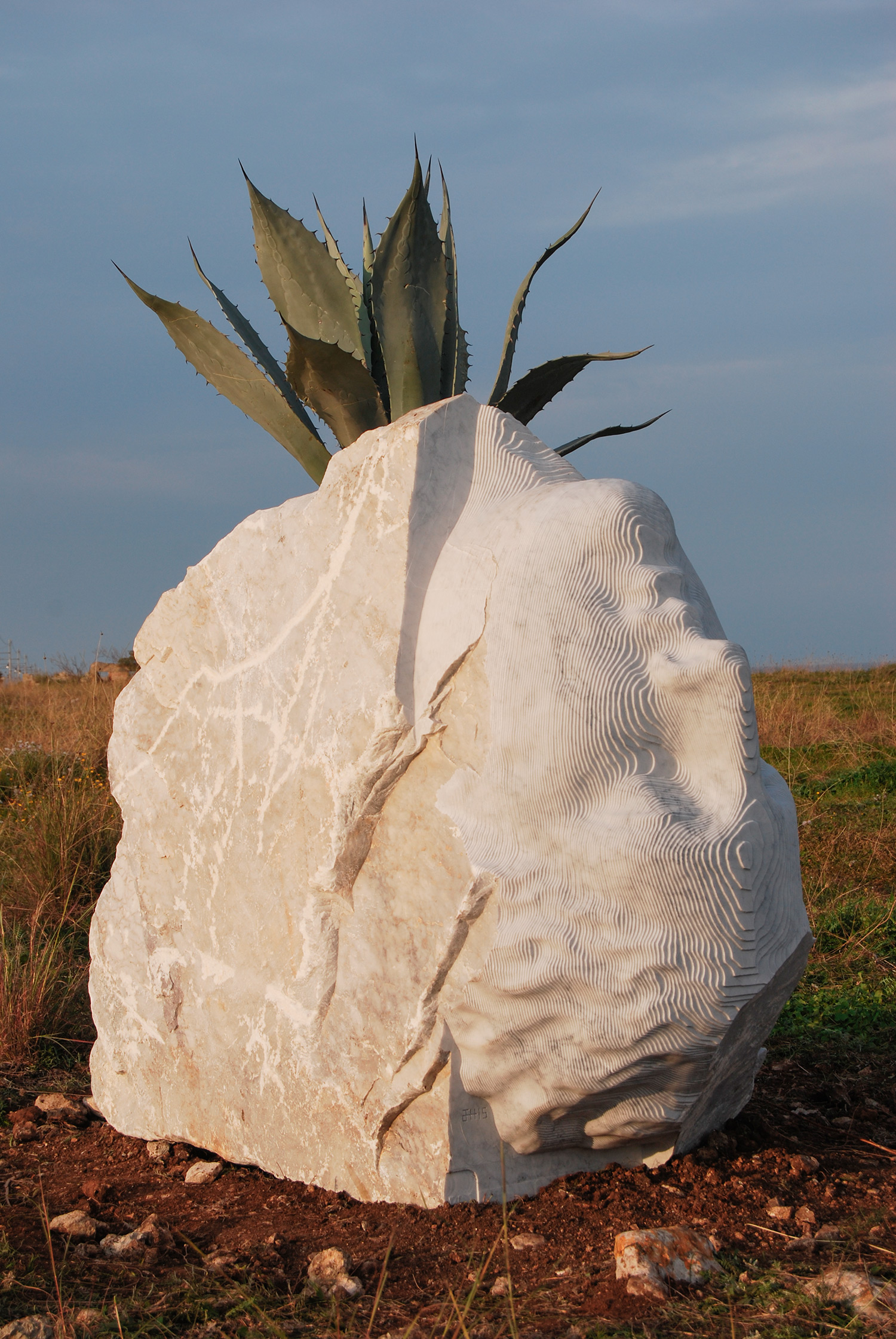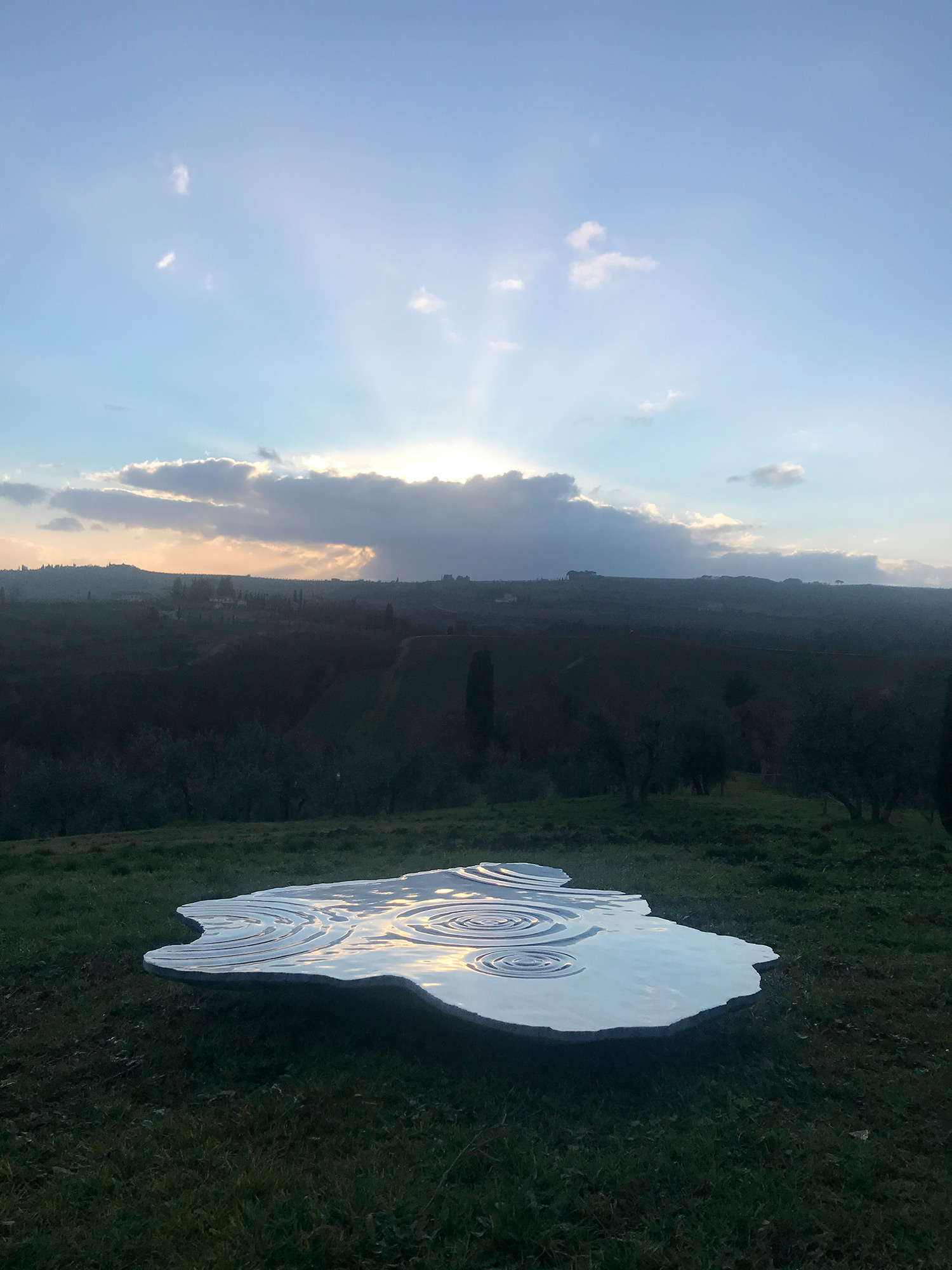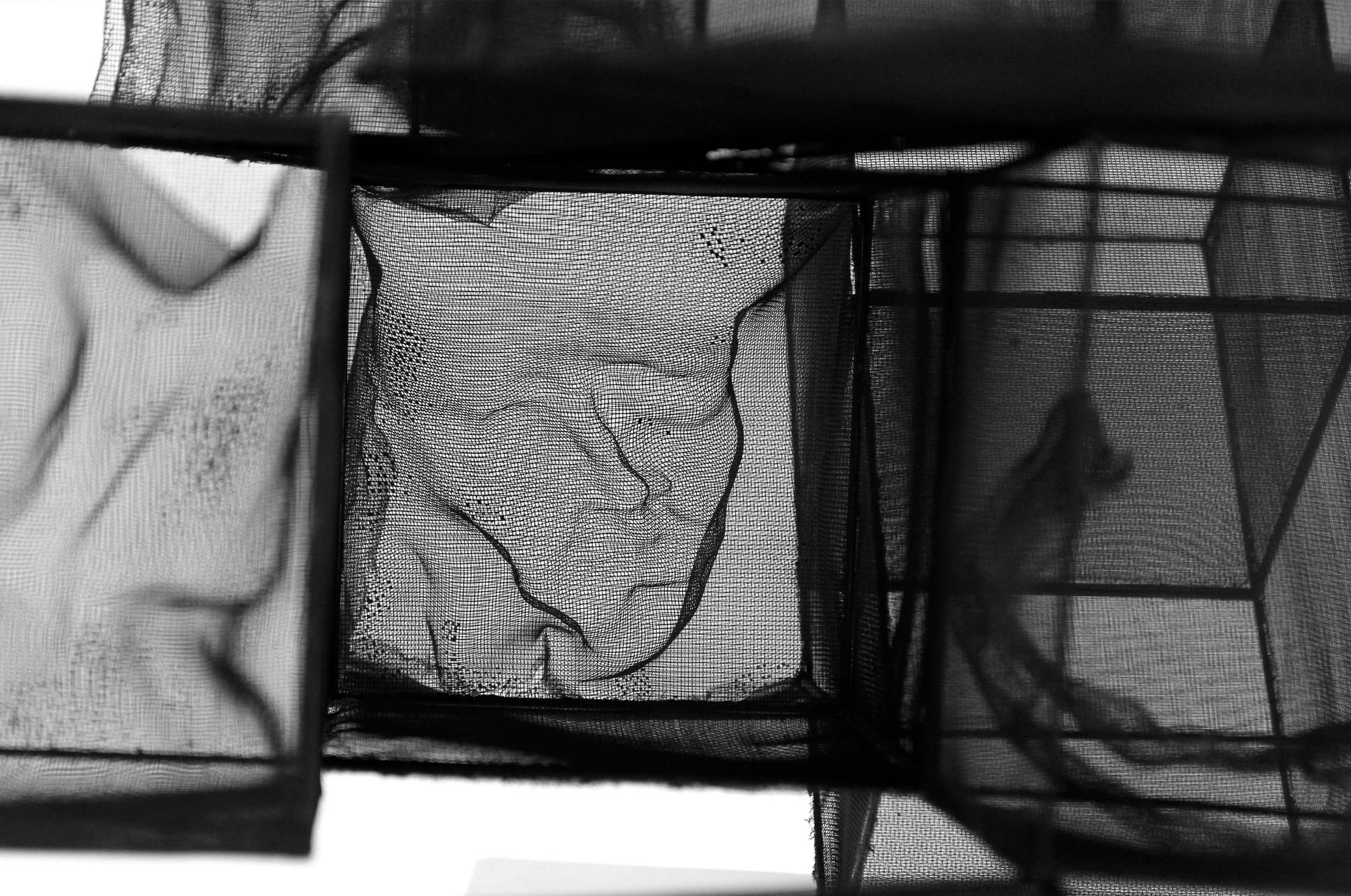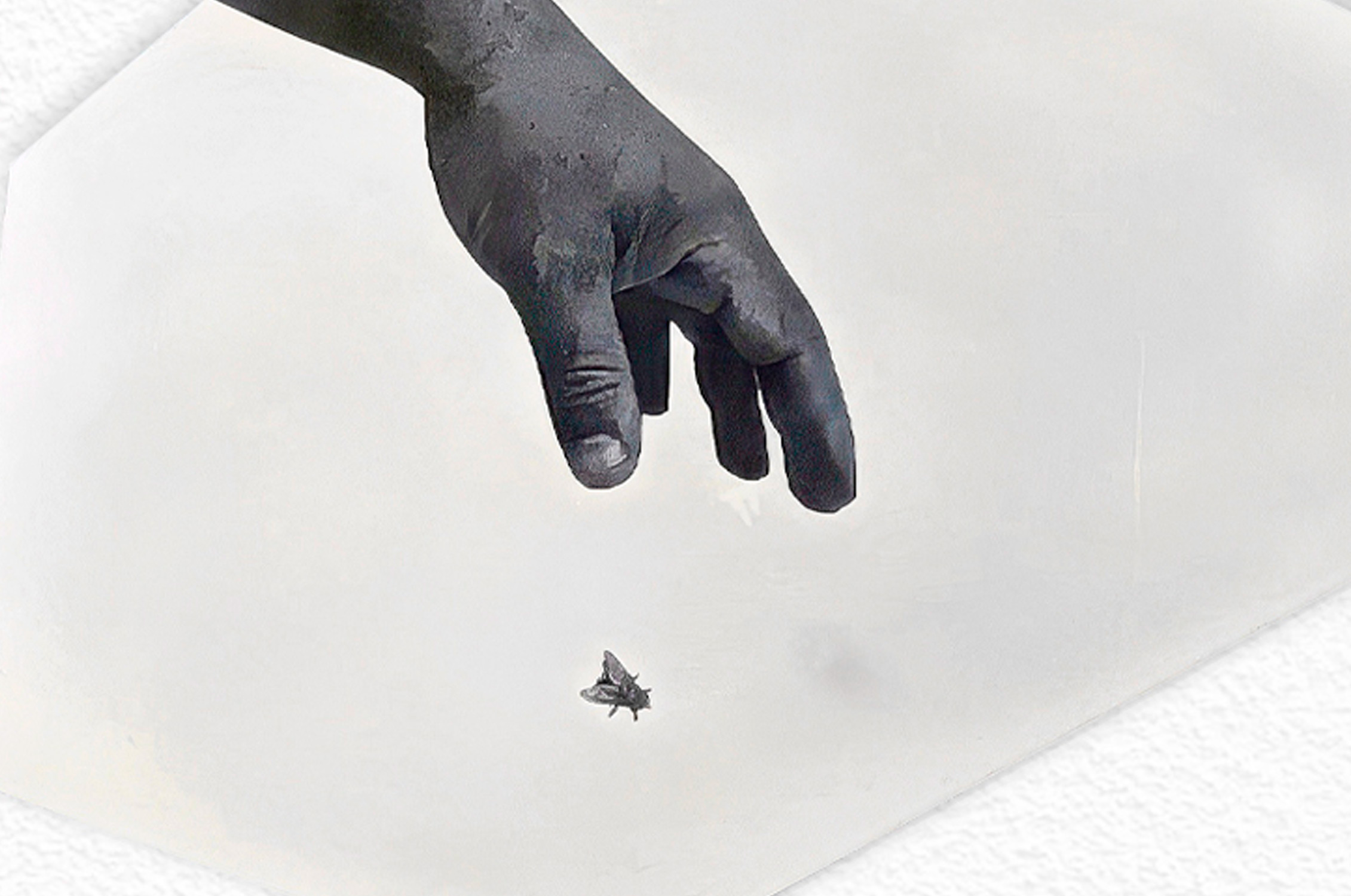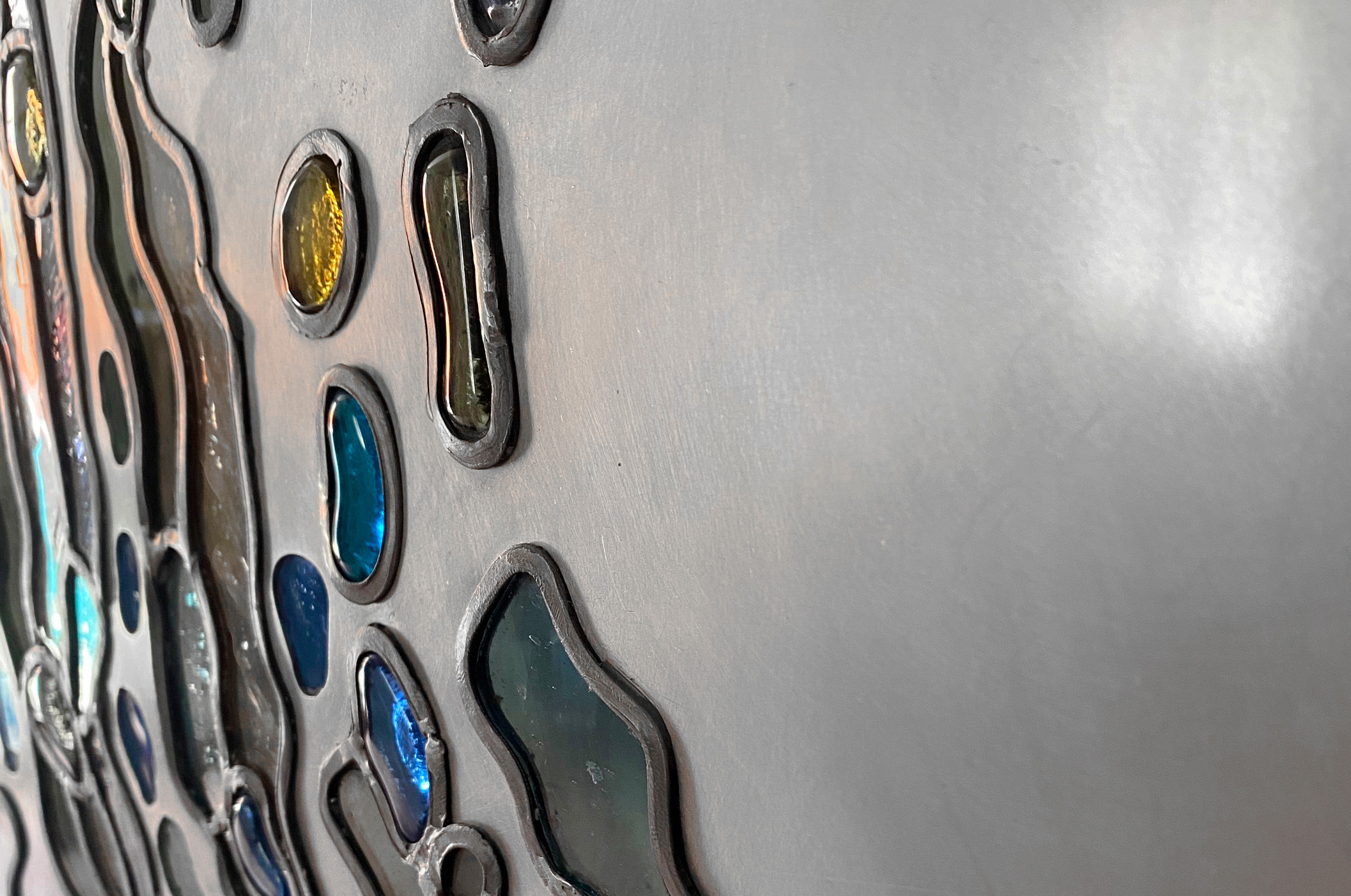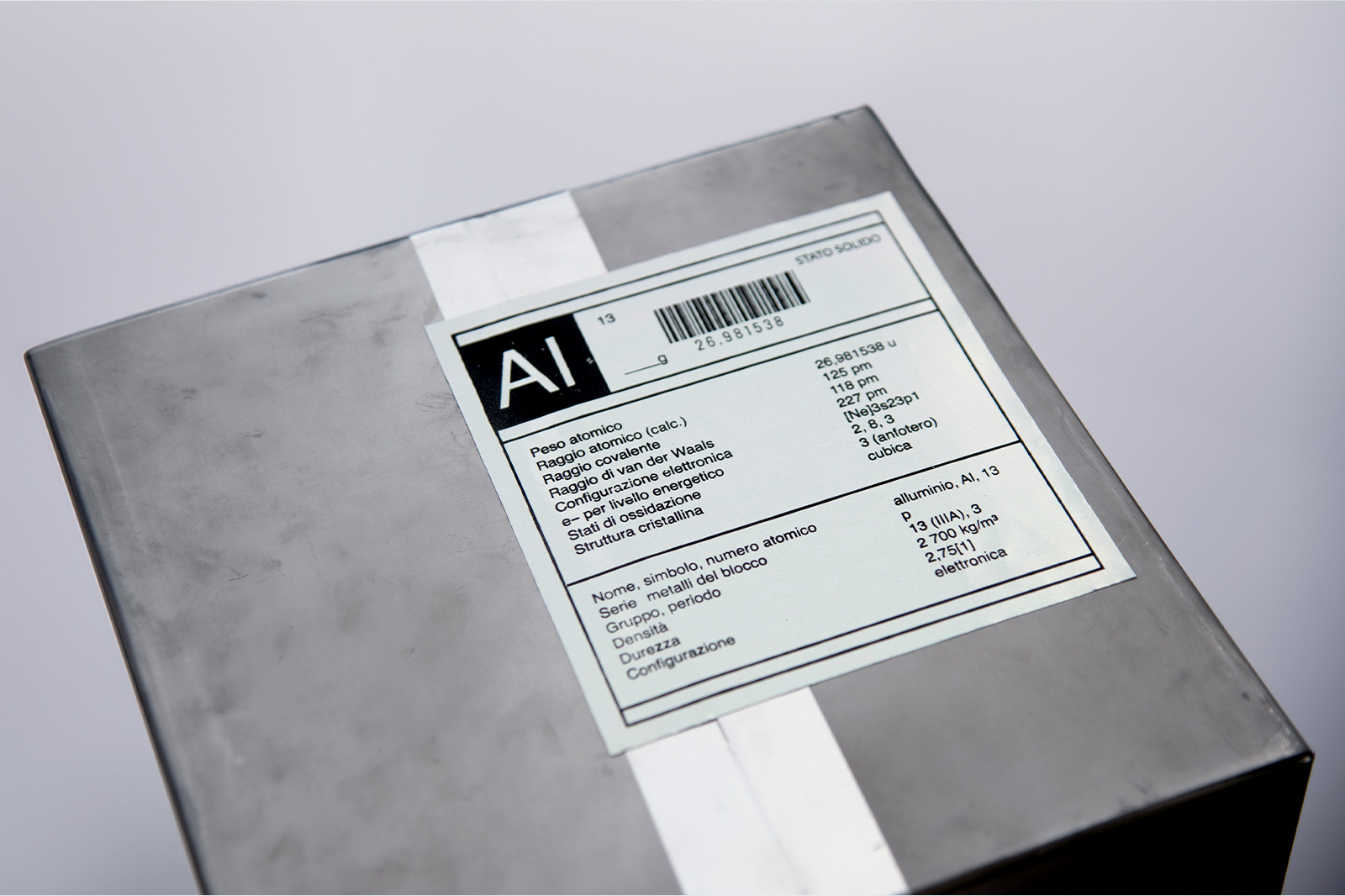COMEL AWARD VANNA MIGLIORIN 2024
Interview with James Fausset Harris
by Dafne Crocella
He was born in Jeddah (Saudi Arabia) in 1982 to British parents; a few months later, he moved with his family to Monti in Chianti (SI). He graduated in sculpture from the Academy of Fine Arts in Carrara, enriching his education with a stay in Japan. Over the years, he has participated in exhibitions, initiatives, and sculpture symposia in Italy and abroad. He completed his first experiences with GUM Studio, the project room of Cripta747 in Turin, and the Real Presence residency in Belgrade in 2010. One of his monumental works is in Syracuse in Parc01, Binario Contemporaneo, curated by Marco Pierini. He currently lives and works mainly in Carrara.
With the work Strato Lucido you won the Audience Award of the 11th edition of the Comel Award. Among the many who voted for you, you were particularly appreciated by young female artists. What feeling does this victory give you? And how do you approach the new generations approaching your work as an artist?
I became aware of the Comel Award just as I was approaching aluminium for the first time, this gave me the impetus to create a work especially for it. To be one of the thirteen finalists in the competition and then receive this award was a great satisfaction. The work of an artist and the art world are constantly changing, so I think it is always important to be aware of the moment and the context in which you act while carrying out your research.
Your work is entitled Strato Lucido (Shiny Layer). The theme of liquidity and the surface of water often returns in your work, both as a reflective area and as a dividing line between worlds: something that lives below and something that manifests itself above. What value does the liquid dimension take on in your work? And how do you represent fluidity through the use of static materials?
That’s right, the liquid surface is a theme that fascinates me for a number of reasons that I find interconnected. It is a valid representation of immanence, of the fluidity of time, of a moment. It reflects what is above and allows a glimpse of what remains below, thus separating and at the same time uniting several worlds. A falling leaf resting on a water surface creates small ruffles, slight concentric circles that are difficult to grasp normally, but which sculpted in marble give the fluidity of water to the static nature of stone.
This year’s edition of the Comel Prize refers precisely to the surface and what lives underneath. Aluminium, as a material, uses the surface as a protective layer. How did you express the concept of ‘’beneath the surface‘’ in your work Strato Lucido? Do you feel that this theme was an inspiration for your work?
Fortunately, yes, the theme was already close to ideas I was working on. In a recent series of pencil drawings, for example, I focused on everything in the background, deliberately leaving out the subject. I also used this kind of approach in the creation of ‘Strato Lucido’. Starting from a photograph taken in the forest, I identified the elements in the background and gave them priority in the work; in doing so, what was in the foreground remained untouched, shiny and uniform. It is an exploration of the depth of layers, a combination of layers, of processing and non-processing, of fullness and emptiness. I chose this title for the work because one of the layers of the skin is called a shiny layer, due to the sheen of the cells that make it up, so it is a bit of a game of words, but also an overlapping of meanings.
Strato Lucido shows an interesting approach to aluminium, offering the possibility of appreciating this metal in multiple aspects, from plasticity to luminosity. What relationship do you have with this material in your art? Besides aluminium, do you have experience with other metals in your work? What differences do you notice in their processing and rendering?
In the past I have had some experience with metals such as iron, bronze, copper and brass, attracted by the complex processing techniques through the centuries and the curious alchemy of patinas.
Although my experience with aluminium is very recent, I am fascinated by its ductile nature, its low melting point, and its particular reaction to oxygen that creates a protective oxide layer on the metal. My knowledge of the embossing technique is limited, for the creation of Strato Lucido I built myself a special tool, a hammer with a tapered, smooth head, to be able to shape the aluminium sheet. After a couple of attempts on different supports, I mounted a blank sheet on a wooden board as if it were the canvas of a painting, fixing it along the edges and then proceeded to make the work. The result is at the same time a painting and a relief, a play of light arising from the selective chiselling of the metal.
Different techniques are present in your creative research, from sculpture to drawing, from embossing to engraving. What relationship do you have with these techniques? Do they represent stages in your work or do they move in parallel?
I feel free to use different techniques, materials and solutions. A transversal approach is important to me, the fact of not being tied to one medium or process rather than another, of experimenting, of letting media and materials contaminate each other. Having said that, drawing comes first for me, it is a constant flow, a mash up of ideas and subjects, from here many projects start while others remain stuck on paper.
In your works we find the large dimensions of monumental sculptures, such as the work for the Monumental Park in Syracuse, but also the small dimensions of jewellery. How do you relate to these different formats and what motivates your choice when you juxtapose a subject with a dimension?
For me subject and size are not necessarily linked, big or small depends on something else, I find it rather easy to connect subject and idea or subject and context. For the Sculpture Park in Syracuse, which is set on a large cliff overlooking the sea, it made sense to do something monumental that somehow crossed the centuries. I presented the face of a classical sculpture carved by a state-of-the-art numerical control machine into a large shapeless piece of marble. It is an attempt to create a contemporary artefact, a modern-day ‘unfinished’ that also has the function of a vase as the agave that grows on it takes root in the earth through a through-hole. It is at the same time past, present and future, as well as a cultural contamination, a Hellenic find, in Carrara marble, made by a robot. Who knows, maybe one day it will be found on the seabed of Ortigia.
Natural elements are often part of your work. From studies on the banyan tree with its huge trunk to those on ginkgo biloba leaves. Do the majesty of the trunks and the delicacy of the leaves belong to the same type of research? What value do these elements have in your work?
The single leaf resting on the surface of the water you refer to, tries to capture a moment in a material as old as marble; the leaf I take as a reference often comes from the nearest plant, as if it had just fallen, and petrified. The Banyan tree caught my attention because it has a particular way of growing, it lets down roots from the branches down to the ground, these over time grow larger, supporting the same branches which grow larger still, allowing the plant to reach a large size, through a fascinating ‘circular’ growing energy.
You were born in Saudi Arabia and your training path includes an important stop in Japan. How do you feel the culture of these populations has influenced your work? Has your aesthetic as well as conceptual perception been marked by your studies in Japan?
Yes, I have been to Japan several times, both for study and work, these experiences have allowed me to learn more about traditional stone and metal working techniques, but they have also been real life experiences. Being a British citizen, born in Saudi Arabia, raised in Italy, I never had a real sense of belonging, of roots, as I have a large family with distant relatives. During my first time living in Japan, I was a foreigner like never before, an all-encompassing experience that left me with so much. It is hard not to be impressed by a culture so sensitive to nature, the essentiality of form and composition, where traditions are in harsh contrast to the facets of modern society.
Your monumental works, but also some smaller works, certainly have a strong site-specific impact. Some works gather particular light nuances so much so that you have called them time specific. What relationship do you have with the spaces in which you place your works? How do you reconcile the static nature of a work with the ever-changing brightness of a sky?
Studying a work in relation to a specific environment is certainly a challenge. Even when it is not a commission, where I already know the final location, I try to take into account the relationship with the surrounding space, but let the work itself create an immediate connection with the environment. This is why I continue to explore different solutions with mirrored surfaces, allowing light to become part of the work and thus change our perception of it. Hence my desire to give mutability to a static material, which changes its appearance according to environmental conditions. They are sculptures that are influenced by several factors due to their shiny surface, their placement in space, their sensitivity to changing light. This creates a connection with the passage of time, where light is the protagonist.

